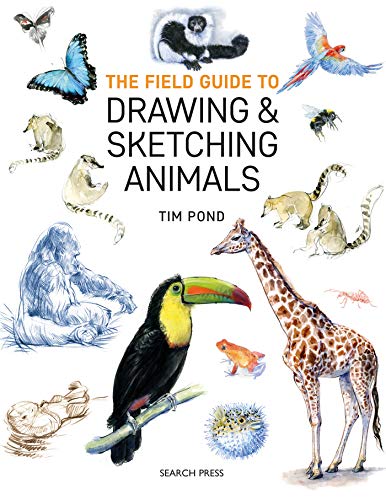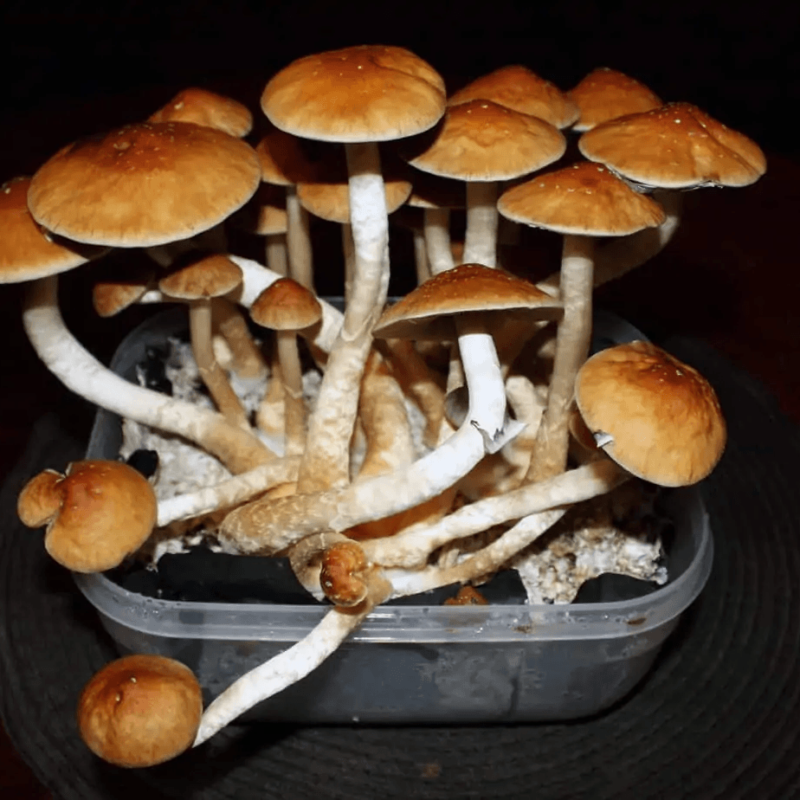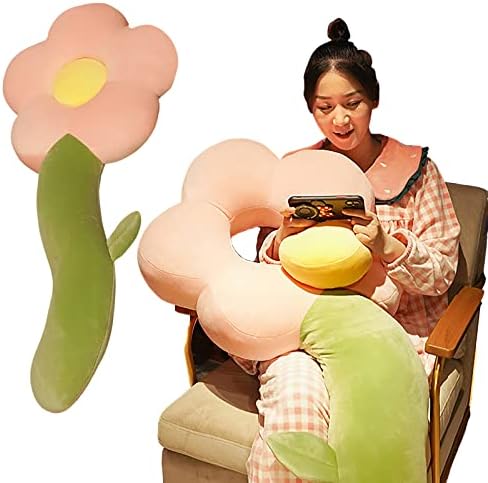Description
Price: $19.28
(as of Sep 25,2023 12:27:56 UTC – Details)
From the Publisher





 A note from Dr Ben Garrod – Broadcaster and Evolutionary Biologist
A note from Dr Ben Garrod – Broadcaster and Evolutionary Biologist
Not only do I think this is a good book on a technical level, I actually like it, too – and there’s no point in having a good book that you just don’t bond with. However, the style, commitment and the passion of the author all come shining through, easily as vibrant as the toucan’s bill or as dazzling as the alien-like mantis shrimp. I guarantee that not only will reading this book help you become a better artist but shall give you a deeper appreciation for the wildlife around you.
A message from the author
For me, drawing is about capturing a fragment of nature on the page. It is a practical activity, an act of doing something that brings me closer to nature
This book is about enabling people with a genuine love of nature to sketch and capture some of the wonders of the natural world. There is an immense biodiversity on the earth, and as guardians of planet earth, this book encourages a greater sympathy and a deeper appreciation of our fellow creatures, with which we share this planet.
An inspirational guide to drawing and sketching animals in zoos, wildlife parks, farms, museums and aquariums Combines fascinating scientific facts and expert guidance on drawing and sketching in an inspiring and engaging way Tim Pond’s considerable expertise in observing and capturing the natural world in his drawings is reflected in every page of this book Suitable for artists of all abilities, as well as professional illustrators and animators








Fish
The first animals to appear on the planet with a central flexible column of vertebrae were the fish. The first fish evolved some 480 million years ago and since then have diversified into by far the largest group of vertebrates on the planet. Fish live in just about all the aquatic habitats on Earth. Different species are adapted for living in different environments. Unlike other types of animals, fish are so diverse that they are loosely bracketed into four informal families; however, there are a few rules that apply to them all.
Amphibians and Reptiles
Amphibians are cold-blooded vertebrates that are born in water and breathe with gills.
They evolved from fish about 400 million years ago, expanding onto dry land. The first vertebrate animals to make it onto the land, amphibians have adapted very successfully to life out of the water; and have since spread all over the world in some 7,000 identified species.
Reptiles evolved from amphibians about 310 million years ago. The word reptile means ‘crawling’ and their characteristic gait – with legs at right angles, as though halfway through a push up – still reflects that lumbering motion which brought animals onto land in the first place.
Mammals
Whilst some mammals lived alongside the dinosaurs, after the extinction event, this group flourished to fill the niches left open by the loss of the dinosaurs. There are now more than 5,400 different species of mammals alive on the planet, from tiny nocturnal slow loris, to enormous blue whales, which can measure up to 30m (98ft). The majority of mammals are terrestrial, but some are aquatic; and there are even flying mammals, in the form of bats.
Incredibly diverse, mammals have evolved and adapted to live on every continent on the planet, and can be found in the polar regions, grasslands, jungles, desert and even in the ocean; where they have adapted to the aquatic environment and become creatures like seals, manatees and dolphins. Despite this incredible diverisity, mammals do share some common characteristics. For example, all mammals breathe with lungs, even if they live in the sea.
Birds
Like us, birds are a class of vertebrates, and they also walk bipedally. Our front limbs have become our arms, while on birds they have become wings. The skeleton has enabled vertebrates to do many things, but perhaps the most incredible is flight, which allows them to escape predators and move from one place to another swiftly and safely.
Learn about every part of the animal, to help bring life to your drawings so your art leaps of the page






Skeleton
Drawing and sketching relies primarily on observation; but having an understanding of what gives an animal its shape – the underlying structures of its bones and muscles – will help the artist immensely, and assist in making sense of the sometimes bewildering structures and forms that animal life displays. Learning to visualize the basic form beneath the skin will give you a powerful tool to help with your artwork. The bones and their joints form common structural landmarks, such as the wrist, elbow, shoulder, hip, knee and ankle, which can help you traverse your way through the structure for accuracy in sketching. These landmarks are exceptionally helpful, breaking the body down into manageable parts. From these main pivotal points, we can look deeper and see more subtle details.
Muscles
In the Renaissance many artists were also keen anatomists. To create more lifelike portrayals of the human body, they studied how the bones and muscles worked. As artists, we do not need the level of knowledge of a veterinarian, but awareness of the main surface muscles will give you more understanding of what you are looking at, and confidence when creating grooves and shading.
Anatomy is merely a tool for making the animal articulate and clear. The anatomy in this book is quite sufficient without any special study.
Combined with knowledge about the animals including key behaviours and characteristics
Key features
Head The skull defines the appearance of the head. In comparison to a human head, apes have a more projecting face, a larger brow ridge and a heavier jaw. Gorillas in particular have a very heavy brow ridge.
Torso Gorillas have especially large, barrel-shaped chests, which help to balance the centre of gravity when knuckle-walking.
Spine Most apes have a relatively straight backbone. The human spine is curved into an S-shape for walking on two legs.
Arms Arm length is characteristically longer than leg length in all apes. These arms are strong as well – it has been said that gorillas have the upper arm strength of six adult human males.
Imposing appearance One of the most striking features about gorillas is their sheer size and the blackness of their fur.


Publisher : Search Press; Annotated edition (February 5, 2019)
Language : English
Paperback : 176 pages
ISBN-10 : 1782215123
ISBN-13 : 978-1782215127
Item Weight : 1.85 pounds
Dimensions : 8.69 x 0.6 x 11.25 inches






